Century Boulevard
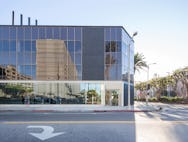



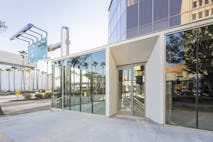


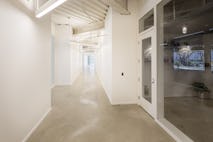

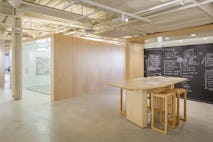



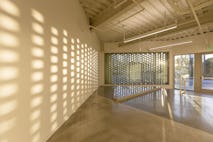
At the beginning of 2014, 6171 W Century Boulevard was an iconic office building from an earlier era. The 20,000sf floor plates used a diagonal geometry to connect entries and fires stairs via dark, enclosed corridors.
The goal of the project was to reposition the underutilized 80,000sf structure at the heart of the LAX transportation hub. To bring the insular building up to present day market expectations, the primary goal for the development and design team was to introduce transparency into the existing dark structure. The interior life of the building was reimagined as an interconnected community by utilizing the modern day building code and eliminating the fire rating requirements on the interior corridor. With this simple approach, solid doors and walls could be eliminated. This allowed for visual connection into tenant spaces achieved by new glazed entries and large glass re-lites throughout the building. Main entries were created at both sides of the building to allow pedestrian connectivity through the building.
Visual transparency was also used by removing the majority of the brick exterior and replacing it with a fully glazed ground floor storefront to connect the building to the vibrancy of its location. New commercial entries were also added to increase the porosity and future leasing options.
Finally, a conceptual idea of transparency was applied to the treatment of the interior aesthetic. Finishes and suspended ceilings were stripped away to expose the technical infrastructure of the spaces. Superfluous systems were removed and remaining required conduit and mechanical systems are curated and painted out. Visual sightlines and access to natural light are elevated over outdated demising strategies. In this way, modern ideas about workspace flow, connectivity, and authentic representation can flourish. The removal of ceilings also allowed for the original diagonal geometry to be revealed and enhanced through lighting placement.
| Typology | Commercial |
| Location | Los Angeles, CA |
| Client | Paul Solomon |
| Status | Completed |
| Date | 2015 |
Team
| Architect | Carrie Strickland, Bill Neburka |
| Team Members | Nicholas Locke, Ian Roll |
| General Contractor | Oltmans Construction Co. |
| Structural Engineer | DCI Engineers |
| Photographer | Joshua Jay Elliott |